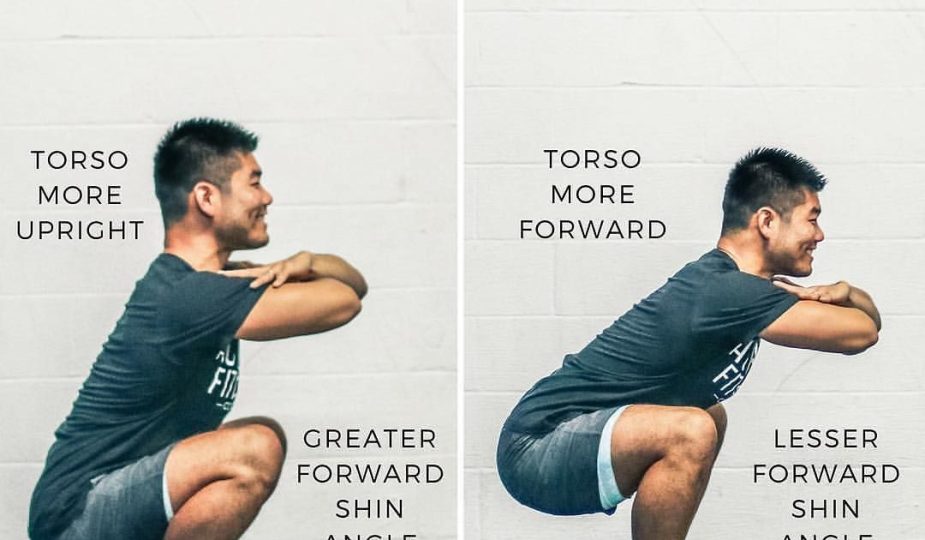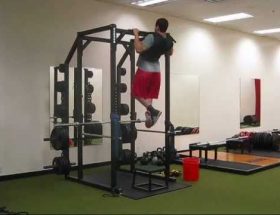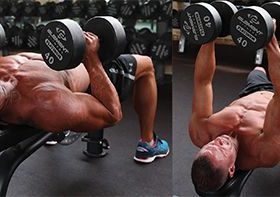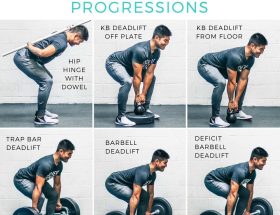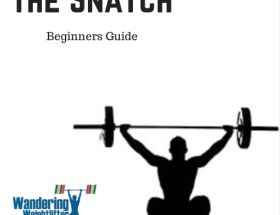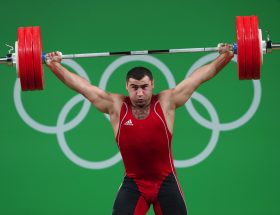The squat is one of the most effective exercises for building lower body strength and muscle. However, it is important to perform this exercise with proper form and technique to maximize its benefits and reduce the risk of injury. In this article, we will explore the key components of proper squat form and technique.
The Importance of Proper Form
Proper form is crucial when performing squats to ensure maximum effectiveness and safety. By maintaining proper form, you engage the correct muscle groups, improve stability, and prevent strain on your joints.
Steps to Achieving Proper Squat Form
Follow these steps to achieve proper squat form:
1. Starting Position
Stand tall with your feet shoulder-width apart, toes pointing slightly outward, and your core engaged. Keep your chest up and your shoulders back, maintaining a neutral spine throughout.
2. Descending Phase: Hip and Knee Flexion
Initiate the movement by pushing your hips back and bending the knees simultaneously. Imagine sitting back on an imaginary chair. Keep your weight on your heels and lower yourself until your thighs are parallel to the ground, or as low as your flexibility allows. It is crucial to avoid excessive forward lean to prevent straining your lower back.
3. Ascending Phase: Hip and Knee Extension
Push through your heels and extend your hips and knees to return to the starting position. Keep your core engaged and maintain control throughout the movement. Avoid locking out your knees at the top of the squat.
4. Breathing Technique
Breathe in during the descent phase, filling your belly with air to maintain stability. Exhale forcefully during the ascending phase, contracting your core muscles.
5. Additional Tips
Here are some additional tips to help you maintain proper squat form:
Keep your knees aligned with your toes; avoid letting them collapse inward or excessively outward.
Keep your weight evenly distributed on both feet.
Engage your glutes and core muscles for added stability.
Start with a lighter weight or no weight at all until you feel confident in your form.
Benefits of Proper Squat Form
Performing squats with proper form offers numerous benefits, including:
Increased lower body strength: Squats primarily target your quadriceps, hamstrings, and glutes, leading to improved strength and muscle growth.
Improved athleticism: Squats enhance your overall athletic performance by increasing power, speed, and agility.
Enhanced mobility and flexibility: Squats engage multiple joints, promoting better mobility and flexibility in the hips, knees, and ankles.
Injury prevention: Proper form reduces the risk of injuries by promoting stability and correct movement patterns.
Increased calorie burn: Squats engage multiple muscle groups, resulting in a higher calorie burn during and after exercise, supporting weight management goals.
Conclusion
Proper squat form and technique are essential for maximizing the benefits and minimizing the risks of this powerful lower body exercise. By following the steps outlined in this article and paying attention to your form, you can safely and effectively incorporate squats into your fitness routine. Remember to start with lighter weights and gradually increase as you build strength and confidence.
